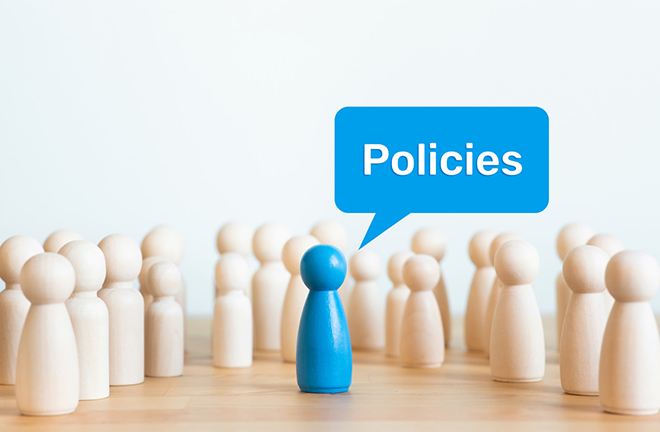Design logic of high-quality public policies

Policy design shapes policy activities. Photo: TUCHONG
Policy design is a process of systematically understanding policy issues and continuously seeking solutions, which shapes policy activities. This article proposes a threefold logic for high-quality public policymaking: tool design, integrative design, and adaptive design.
Tool design involves aligning policy tools with policy issues, and the interests and demands of target groups with policy objectives. This alignment is crucial for achieving high-quality public policies. Integrative design refers to organically integrating the design process and the political process within policymaking, essentially emphasizing the integration of science, democracy, and technology into the public policy process. Adaptive design entails continuously adjusting policies in response to changes in the environment and policy objectives in order to deal with uncertainties and evolving policy contexts.
Tool design
Defining policy issues and objectives based on real public issues and designing policy tools accordingly serve as the fundamental basis of public policymaking. Research on the selection of policy objectives and tools has evolved through two main stages: the design of single policy tools and the design of policy tool sets.
The design of single policy tools should focus on policy objectives and the corresponding policy issues and target groups, and then consider whether suitable tools exist or new tools should be designed based on the objectives. Choosing commonly used single policy tools can save resources and reduce the risk of negative outcomes. However, in practice, achieving a policy objective usually necessitates a combination of multiple tools, and a single public policy often encompasses multiple policy objectives. The importance of the policy mix is thus increasingly evident.
Designing a policy mix should follow several principles. Firstly, according to the “Tinbergen Rule,” the number of policy tools should be kept to a minimum to avoid redundancy caused by overdesign. Secondly, the mix should take into account the complementarity and synergy between different tools and avoid conflicts or counteractions so as to maximize complementary effects. Thirdly, in terms of priority, mandatory tools are not the best choice in most cases and their use should be limited.
Integrative design
Integrative design needs to take into consideration the particularities of political systems while also integrating various elements of the design process and the political process. Most current studies of policy design are based on federal systems, while the policy design process in centralized systems has its particularities.
Policy objectives are primarily set through top-level design in unitary states, whereas federal states allow local governments to autonomously determine their own policy objectives. In unitary states, although the central government exercises greater influence, there may be discrepancies between the policies actually formulated and implemented by local governments and those designed by the central government, and bottom-up policy learning is common. In federal states, the central government exerts less influence, with remarkable heterogeneity among local policies and less bottom-up policy learning.
It is difficult for policymakers to accurately grasp the essence of complex policy issues in the initial stage of design, and repeated adjustments are needed to ensure that policy objectives are well-matched with policy tools in practice. The participation of target groups in policy design contributes to better understanding and defining policy issues rather than merely seeking solutions.
Adaptive design
As social contexts are constantly evolving, policies cannot remain static. Redesigning policies in response to changes in the environment and target groups is a routine aspect of policy adaptation. Policy redesign applies to long-term policies or drastic changes in the environment due to crises, with a focus on enhancing policy resilience. It can take the form of policy packaging, namely introducing new policy proposals, or policy patching, namely modifying or reorganizing existing policy elements.
In specific policy contexts, the target group and policy objectives become clearly delineated, which requires rendering general guiding policies more targeted and operable. For example, in the development of China’s nuclear energy policies, while the central government has designed four policy tools, provincial governments, considering the need for citizen participation, prioritize educational and regulatory tools. Similarly, local governments need to draw upon local knowledge to better align policies with the desires and demands of the local population.
Li Ruichang (professor) and Lin Huajing are from the School of International Relations and Public Affairs at Fudan University.
Edited by WANG YOURAN
